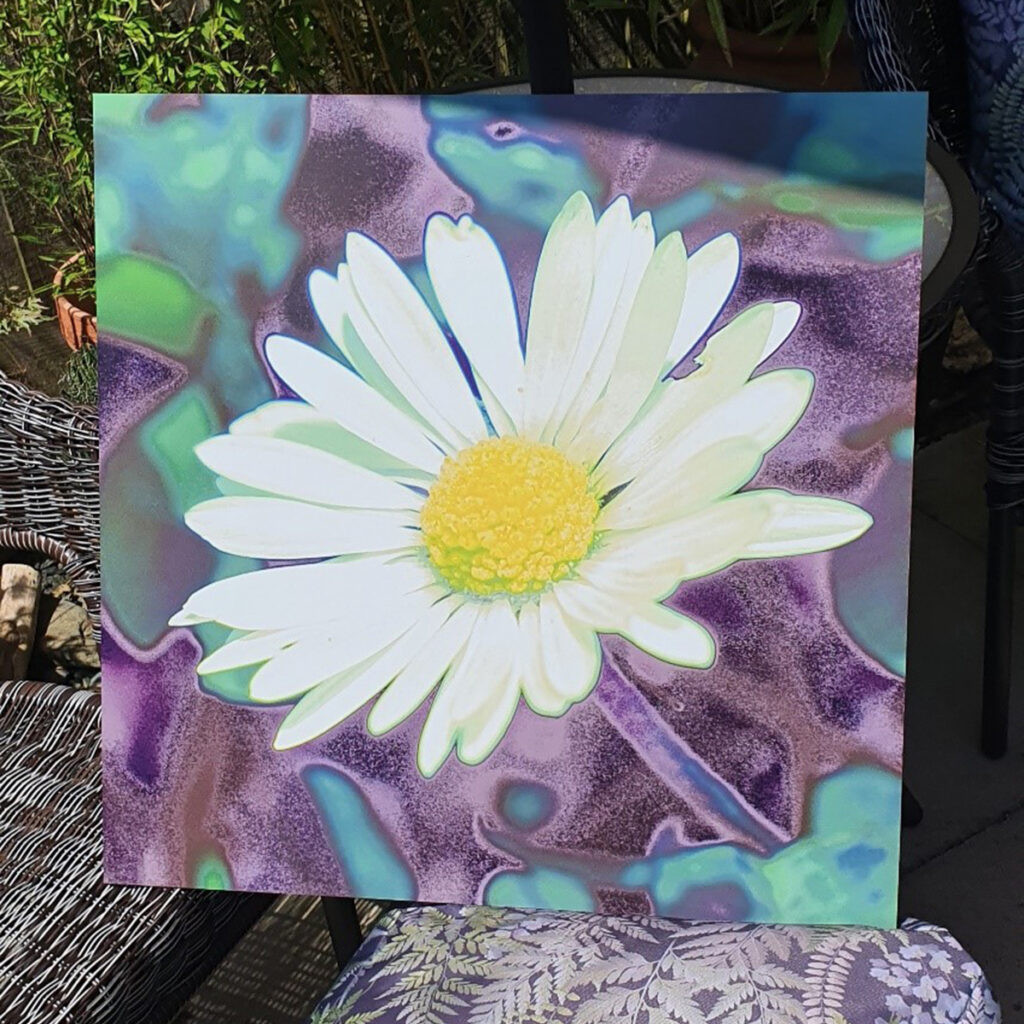The name Daisy carries a certain charm, doesn’t it? Like my grandmother, also named Daisy, it evokes a time when flower names were popular and meadows seemed to overflow with daisies, just begging to be turned into delicate chains. The English daisy (Bellis perennis), a humble yet resilient bloom, perfectly embodies innocence, often paired with primroses to symbolize the sweetness of childhood. For many, the daisy is more than just a flower; it’s woven into the fabric of childhood memories and holds a special place in our hearts, reminding us of simpler times filled with daisy chains and innocent games.
 Close-up of white daisies blooming in a summer meadow, evoking the charm of the 'daisy daisy song'
Close-up of white daisies blooming in a summer meadow, evoking the charm of the 'daisy daisy song'
Growing up, the “Daisy Daisy Song,” officially titled “Daisy Bell (Bicycle Built for Two),” was a familiar tune in our house, a quirky Victorian-era ditty we often sang in honor of my grandmother. The song, rumored to be inspired by Daisy Greville, Countess of Warwick and a mistress of King Edward VII, adds an intriguing layer to the flower’s cultural presence. Perhaps my traditionally-minded grandmother wouldn’t have been so enthusiastic about our performances had she known this connection! Regardless, the song became intertwined with our perception of daisies.
But the “daisy daisy song” is more than just a nostalgic tune from the past. It holds a unique place in technological history as well. In 1961, it became the first song ever sung by computer speech synthesis, performed by the IBM 7094. This fascinating piece of trivia gained further cultural significance when it was referenced in Stanley Kubrick’s iconic science fiction film, “2001: A Space Odyssey.” In a poignant scene, the HAL 9000 computer sings “Daisy Bell” as it is being deactivated, a symbolic homage to its ancestor, the first computer to “sing.” This unexpected link between a delicate flower song and cutting-edge technology highlights the song’s enduring and multifaceted appeal.
Beyond popular culture and technological milestones, daisies themselves hold a deeper meaning. Comprising approximately 10% of all flowering plants on Earth, they are incredibly diverse, appearing in a spectrum of colors. Yet, the classic white-petaled daisy remains the most iconic, representing purity and simplicity. Despite their delicate appearance, daisies are remarkably robust, capable of blooming throughout much of the year and adapting to diverse environments. They are a testament to inner strength and resilience, proving that beauty and toughness can coexist.
Just recently, I’ve been delighted to see daisies spontaneously appearing in my own summer lawn meadow. Their unexpected presence has sparked creativity, inspiring drawings, paintings, and photographs. In a world that often feels complicated and overwhelming, daisies, and perhaps the simple message of the “daisy daisy song,” offer a gentle reminder. They seem to whisper an answer when things feel uncertain: hold onto faith, hope, love, and innocence. These qualities, like the unassuming daisy, possess a quiet power that is perhaps more profound than we often realize.

